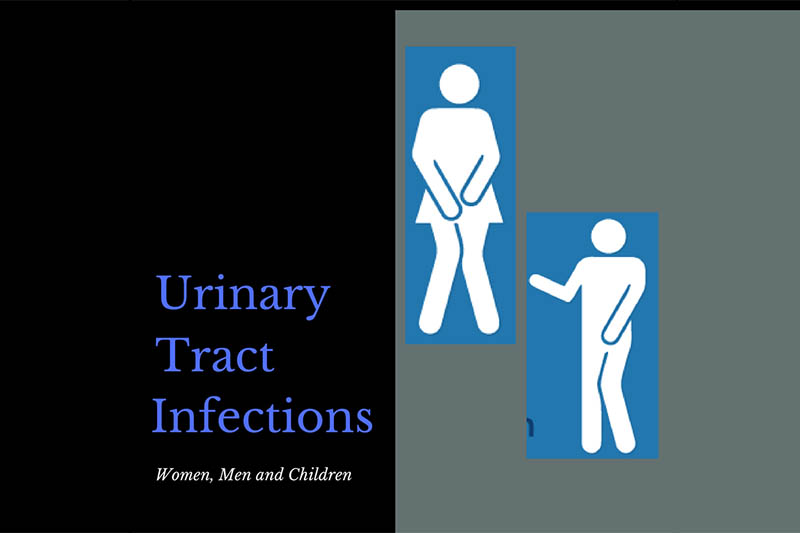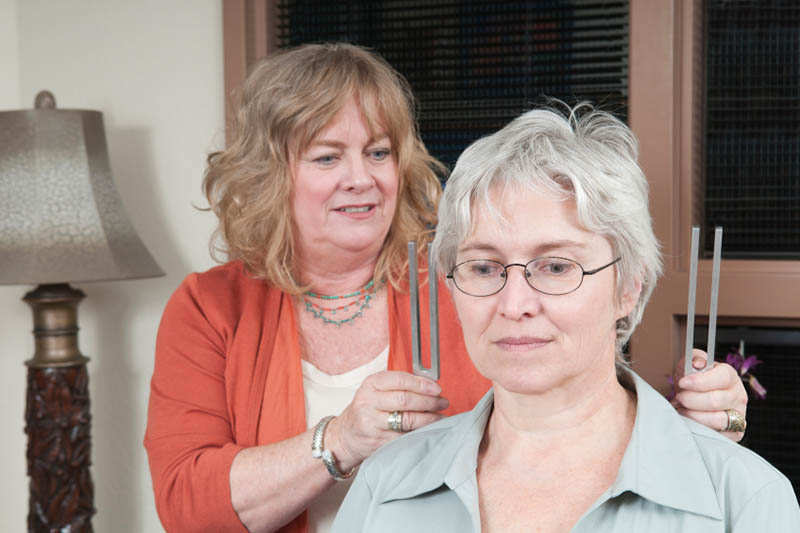
What are UTI’s? Urinary Tract Infections
Do you… Frequently or urgently need to urinate Often only pass small amounts of urine Have Pain or burning sensation when urinating These can be symptoms of urinary tract infections. There

Tuning forks, (usually C512), are used by medical practitioners to assess a patient’s hearing. This is most commonly done with two exams called the Weber test and Rinne test, respectively. Lower-pitched ones (usually C128) are also used to check vibration sense as part of the examination of the peripheral nervous system.
Tuning forks also play a role in several alternative medicine modalities, such as sonopuncture and polarity therapy.
Orthopaedic testing has strong support for common use of the tuning fork, smallest frequency C128, for bone fracture testing. The tuning fork is toned on the suspected bone with fracture and toned progressively closer to suspected area of fracture. If there is a fracture, the periosteum of the bone will vibrate and fire nociceptors (pain receptors) causing a local sharp pain. This is a positive indication of a fracture that the practitioner is indicated to refer for medical x-ray. On this note, any sprains will give a false positive with local sharp pain. However, it is established practice to refer for an x-ray regardless; thought to be better than missing a real fracture while ruminating on possibilities that it could instead be a sprain. A recent review (Aug 2014) in the BMJ suggests clinicians exercise caution during fracture detection.

Do you… Frequently or urgently need to urinate Often only pass small amounts of urine Have Pain or burning sensation when urinating These can be symptoms of urinary tract infections. There
Disclaimer – Our intent is not to diagnosis but to offer information on therapy choices and practitioners. Information on this site is intended general educational purposes only. Any statements made are carefully referenced and any information, products or services discussed are not intended to diagnose, cure, treat or prevent any disease or illness. Please consult a healthcare practitioner before making a choice.